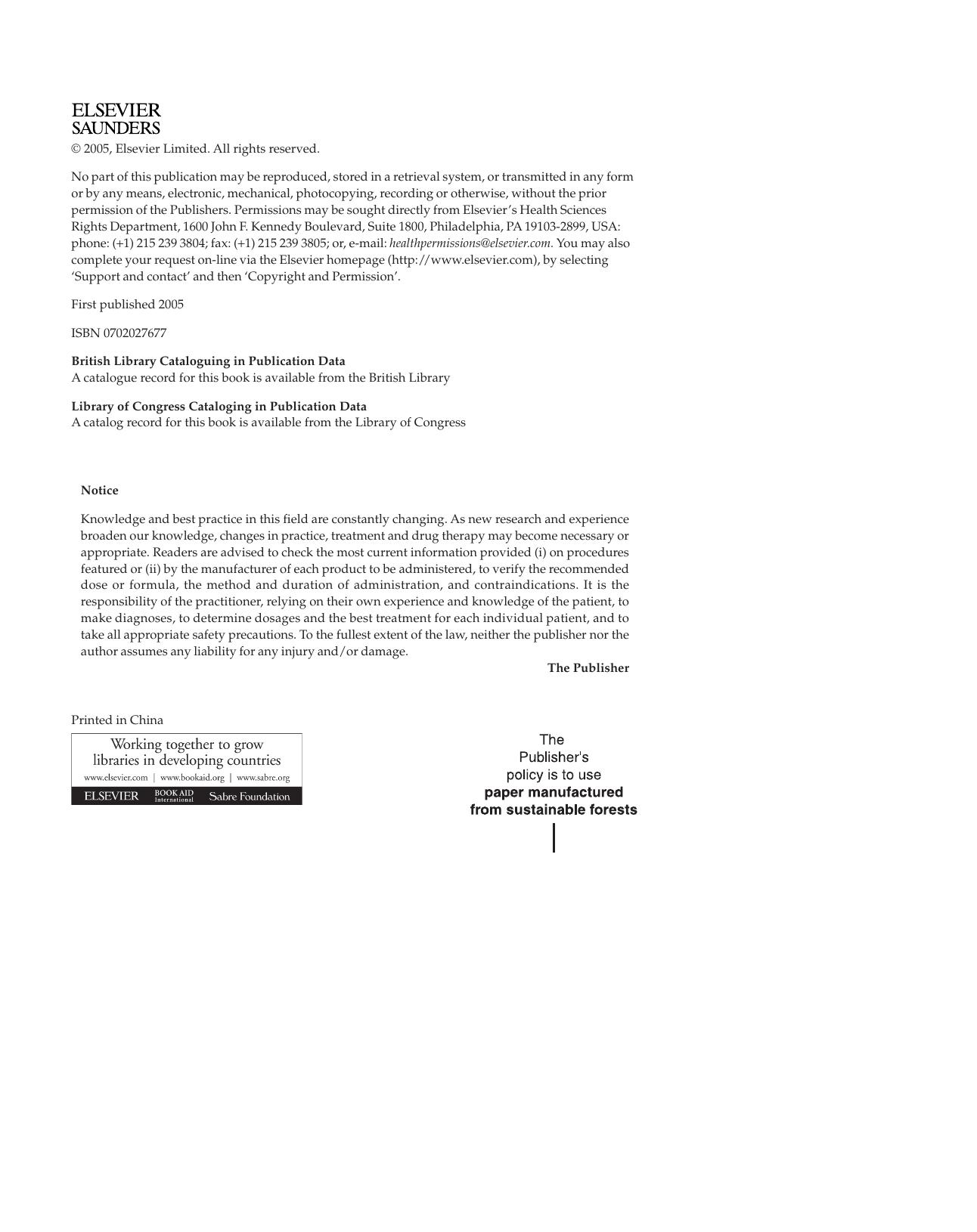Behaviour Problems in Small Animals: Practical Advice for the Veterinary Team by John Bowen & Sarah Heath

Author:John Bowen & Sarah Heath
Language: eng
Format: mobi, pdf
Tags: Veterinary Medicine, Dog Behaviour, Dogs
ISBN: 9780702027673
Publisher: Saunders Ltd.
Published: 2005-09-20T21:00:00+00:00
Feline fear, anxiety, and phobia problems
167
Box 13.3
Fear of species other than humans
(e.g., dogs)
The immediate aims are to prevent progression from
escape–avoidance behaviour to aggression, and to reduce
stress.
● Avoid any uncontrolled exposure to fear-eliciting stimuli,
especially in the home.
● Stop all punishment of fearful behaviour. Do not use
restraint or coercion to force the cat to remain in the
presence of the thing it fears.
● Do not hold the cat while it is in the presence of the
object of its fear, as this can produce outbursts of very
aggressive and dangerous behaviour.
● Stop attempts to soothe the cat by giving it attention as
Figure 13.1
Cats that have been socialised with dogs can form very
this may reward fearful behaviour.
strong relationships with them.
● The cat must be supervised at all times when in contact
with dogs.
Diagnosis
● The dog must be properly controlled when in the presence
of the fearful cat.
Diagnosis is based on observation of the behaviour of the
● Provide the cat with one or more safe and readily
cat: its facial expressions, postures and initial attempts at
accessible places to which it can escape. These should
avoidance when in the presence of the fear-eliciting stimu-
contain food, water, resting places and latrines.
lus (Fig. 13.2). However, given that the emphasis should be
● If the cat needs to leave a situation where a dog is
on prevention, it should be assumed that a cat that has not
present, provide it with an escape route through an open
been reared or previously socialised with a particular
door, whilst restraining and controlling the dog to prevent
species is likely to experience fear when meeting members
chasing. DO NOT PICK THE CAT UP TO CARRY IT AWAY
of that species (Box 13.4). For example, cats with outdoor
FROM THE DOG.
access will already have a substantial number of aversive
experiences resulting from interactions with dogs. It is
important to remember that experienced cats, or cats that
odour signals, it is sometimes very effective to use F4
(Felifriend®, CEVA Animal Health) to mark the unfamiliar
Box 13.4
Preventing fear of species other than humans
dog around the head and flank areas. To the cat, the dog
(e.g., dogs)
appears to be marked as ‘familiar’, which may inhibit
escape behaviour by the cat so that the dog’s desire to chase
● Cats that are expected to live alongside dogs should be
is not reinforced. Obviously, this is only safe when the dog
well-socialised with them during kittenhood.
has no history of harming or attempting to harm cats. It is
● Provide the cat with a number of easily-accessible escape
also important to remember that cats that have already had
routes: baby-gates, high perches etc. These enable the cat
experience of being chased or injured by dogs may be
to avoid contact with the dog.
greatly confused by the dissonance between the visual
● The cat should have several locations where there is food,
recognition of threat combined with an odour cue that
water and a latrine so that it at no time feels confined
implies safe familiarity. This can induce panic.
and vulnerable because it cannot access resources.
The cat should be allowed times when it is able to watch
● Pheromone products such as F3 diffusers (Feliway ®, CEVA
the dog and approach from a position of security.
Download
Behaviour Problems in Small Animals: Practical Advice for the Veterinary Team by John Bowen & Sarah Heath.pdf
This site does not store any files on its server. We only index and link to content provided by other sites. Please contact the content providers to delete copyright contents if any and email us, we'll remove relevant links or contents immediately.
Craft Beer for the Homebrewer by Michael Agnew(18140)
Marijuana Grower's Handbook by Ed Rosenthal(3620)
Barkskins by Annie Proulx(3312)
Project Animal Farm: An Accidental Journey into the Secret World of Farming and the Truth About Our Food by Sonia Faruqi(3177)
The Plant Messiah by Carlos Magdalena(2883)
Red Famine: Stalin's War on Ukraine by Anne Applebaum(2873)
0041152001443424520 .pdf by Unknown(2784)
Organic Mushroom Farming and Mycoremediation by Tradd Cotter(2626)
In the Woods by Tana French(2533)
Beer is proof God loves us by Charles W. Bamforth(2370)
7-14 Days by Noah Waters(2361)
Reservoir 13 by Jon McGregor(2242)
Borders by unknow(2227)
Meathooked by Marta Zaraska(2220)
The Art of Making Gelato by Morgan Morano(2216)
Birds, Beasts and Relatives by Gerald Durrell(2175)
Between Two Fires by Christopher Buehlman(2164)
The 7 Habits of Highly Effective People: Powerful Lessons in Personal Change (25th Anniversary Edition) by Covey Stephen R(2139)
The Lean Farm Guide to Growing Vegetables: More In-Depth Lean Techniques for Efficient Organic Production by Ben Hartman(2096)
